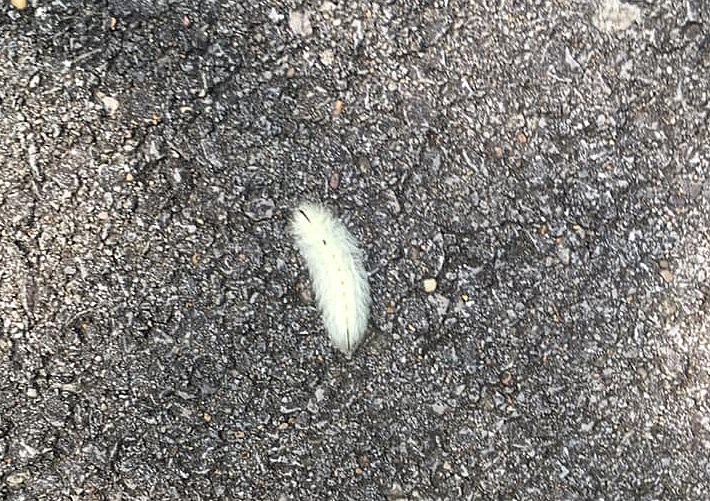
The creatures we call wooly worms are in fact caterpillars, so their time spent as a wooly worm is limited. The term caterpillar traces back to these early descriptions. The ancient Romans used the Latin term catta pilosa, literally “hairy cat” to describe them. Do they stay as they are, or morph into something entirely different in time? And how does a wooly worm forecast the winter weather?ĭifferent species of wooly worms are found all over the world. Every year someone asks me what they actually are.

Where ever they’re going, they seem very determined. A couple of weeks ago I wrote about looking at persimmon tree seeds as winter weather predictors-but as a few readers pointed out to me on the blog, we can’t forget wooly worms!Įach fall, it’s hard not to notice them-little fuzzy caterpillars crawling across roads, sidewalks, and paths everywhere. What does winter have in store this year? Some like to think that Mother Nature gives clues in the plants and animals around us. Rieserĭespite the fact that it is in the mid-70’s in early November, winter is around the corner. My soulful twin, Bill, had an affinity for turtles.Pyrrharctia isabella Caterpillar -also known as the “wooly worm” Photo: Micha L. He quickly roused and raced to the water finding shelter under a heart-shaped stone. I carried him to the brook running beneath the road. The little guy was sluggish, perhaps dehydrated. Recently I came across a baby snapping turtle. I’ve helped more than the furry cross the road, though. They say worms take advantage of wetness, which allows them to move far more quickly than through the soil. Partly because so many slithery critters seemed daunting, but mostly because of the slime factor versus cute and fuzzy. I feel bad not helping the furry fellas, though.Ī few weeks ago, dozens of worms took to the road during a rainy spell.

( Here’s a link to a previous column on the subject).

The thing is, they can cause a nasty rash that may require medical attention. They are adorable, with longish spikes of fur jutting beyond their white coat, fashioning a row of black spots. I’ve come across other critters roadside, such as the white fuzzy Hickory Tussock caterpillars ( Lophocampa caryae) that I didn’t help cross the road.

Admittedly there’s a contradiction about my kindness in helping woolly bears.


 0 kommentar(er)
0 kommentar(er)
